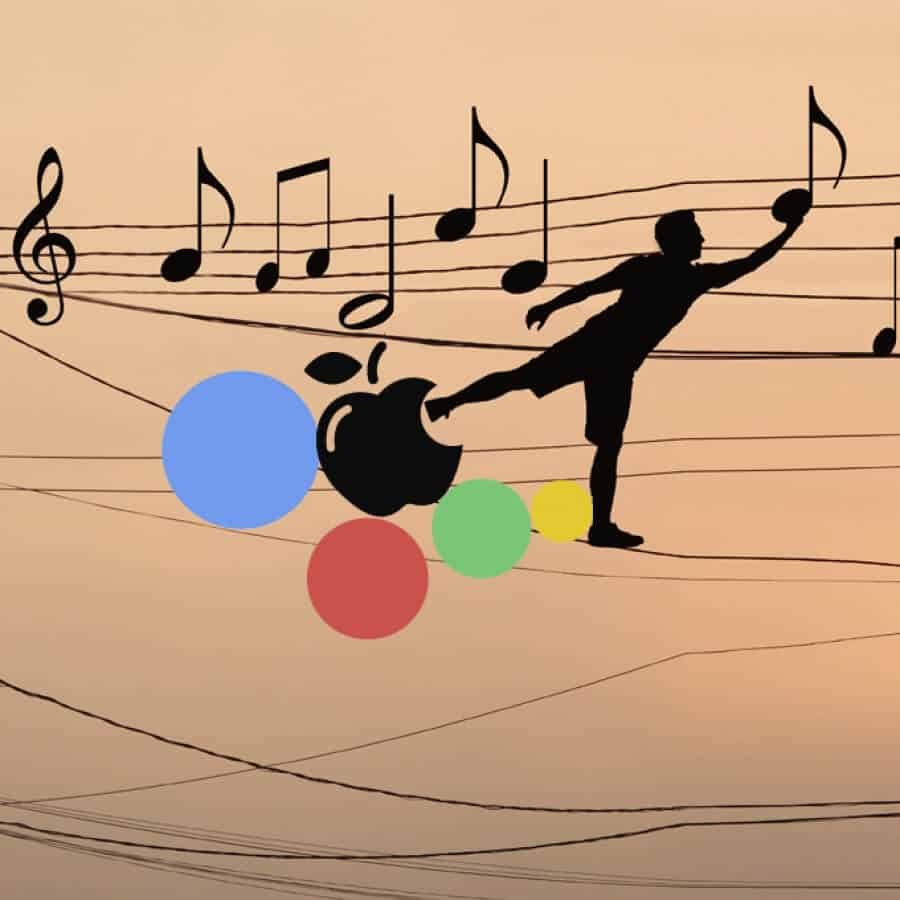Anyone not directly involved in the music industry lives with the belief that songwriters, producers, and artists live the lifestyles of the rich and the famous. Every time you play a song on YouTube or stream you can see the number of views it has and often times you will assume that means big cash in the bank for the artist who created the song. But is it really true? And what does the trial in the USA between the National Music Publishers’ Association (NMPA) and digital giants like Apple and Google actually mean? How will it affect the artists and the fans?
Even though there is a common belief that involvement in the music industry automatically means major incomes, the truth is far from it – especially for songwriters. So here is an intro. When a songwriter writes a composition it is usually owned or co-owned by a publisher – the company that takes care of management, exploitation, and royalty collection for the product – the composition. Once the song starts producing income the music publisher and the songwriter split the cash. This sounds simple and fair, but how does that translate into the numbers on the paycheck? Well, the situation is not so shiny and bright; the reality is that most songwriters earn $10.00 per 1 million Pandora streams. Not quite the number you would expect right? The main royalties that are paid for a composition are mechanical royalties for reproduction either by CDS or via digital means (iTunes or streaming services), performance royalties, and possibly synchronization fees if the composition is used in a TV show or a film. Taking into account that $10.00 payment per 1 million streams, it must be conceded that this amount of money does not sound like much. In order to improve the situation in which people from the music industry find themselves with the expansion of the digital world, the whole issue is being taken to the Copyright Royalty Board (CRB) for a trial.
So what is the trial about? Well, it is basically NMPA and the Nashville Songwriters Association International (NSAI) against the biggest boys in the digital industry – Apple, Google Amazon, Spotify, and Pandora. On the NMPA official site, a message for the digital giants has been published stating: ”Dear Apple, Amazon, Google, Spotify and Pandora; As songwriters, we count on you to deliver our music to the fans who love it. We appreciate the innovative platforms you have developed to do this, however we must voice our outrage at the way you are devaluing our work in the process.“ This message was sent to the digital giants alongside a petition that has almost 8 500 signatures on it. (https://www.gopetition.com/petitions/songwriters-to-big-tech-stop-fighting-us-in-crb.html)
The campaign was launched before the court hearing that was held in Washington DC on March 8th. CRB is to determine the rates for mechanical royalties that will be in use for the next five years. NMPA’s objective is that songwriters are to be paid each time their song is played and/or each time a user purchases a subscription. They also want a share of the profits from the sale of technology and subscriptions that enable access to music. (http://www.musicbusinessworldwide.com/songwriters-fight-apple-spotify-google-amazon-pandora-streaming-rates/)
The International Confederation of Music Publishers (ICMP) and the European Composer and Songwriter Alliance (ECSA) also support this initiative as they believe that the outcome of this trial will affect the entire music industry. ICMP and ECSA emphasize that tech companies/digital giants have been disrespecting the value of music for years now, by not taking into account the livelihoods of the composers and songwriters.
So the overall conclusion is that the songwriters and other stakeholders from the music industry want to increase their profits while the digital giants want to pay them even less than they do now. Considering the fact that the matter is rather complex, with a large variety of stakeholders on both sides – and that it will affect the music business for the next five years – the CRB has a lot on their hands. The final decision about the new set of mechanical royalty rates, to be in effect from 2018 through 2022, will be made in December of 2017.
Photo: Shutterstock / Collage: Martina Advaney
Support us!
All your donations will be used to pay the magazine’s journalists and to support the ongoing costs of maintaining the site.
Share this post
Interested in co-operating with us?
We are open to co-operation from writers and businesses alike. You can reach us on our email at [email protected]/[email protected] and we will get back to you as quick as we can.









